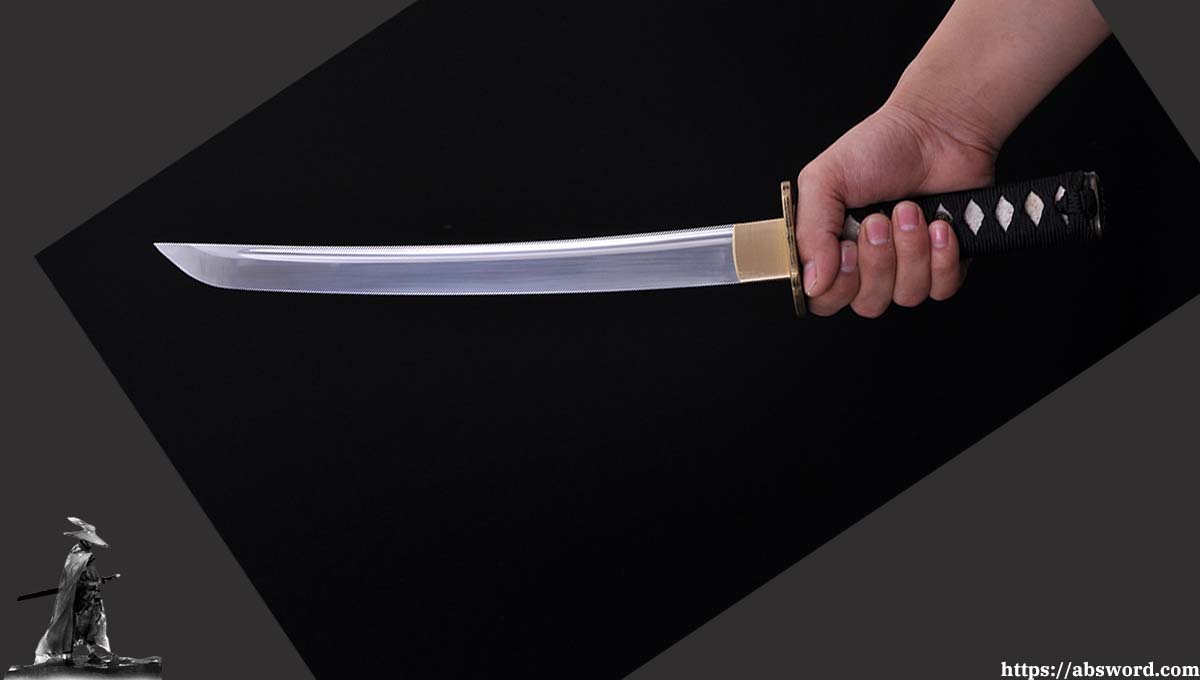Tracing the Evolution of Tanto Swords: From Historical Significance to Practical Applications in Contemporary Martial Arts
Tanto swords, characterized by their distinctive short blades, hold a unique place in the world of Japanese edged weapons. In this exploration, we delve into the historical context of tanto swords and shed light on their practical applications in modern martial arts.
Historical Significance
1. Origins: Tanto swords have their roots in Japan’s feudal period, emerging during the Kamakura era (1185–1333). They were initially designed as utility knives and were gradually transformed into lethal weapons.
2. Samurai Sidearms: Tanto swords became a staple sidearm for samurai, serving as backup weapons alongside longer blades like katana. Their compact size made them ideal for close combat and indoor settings.
3. Symbolism: Tanto swords were often adorned with elaborate fittings and were symbols of status and prestige. They represented the honor and dignity of their owners.
Tanto in Modern Martial Arts
4. Versatility in Training: Tanto swords are essential training tools in martial arts disciplines like:
Iaido: Practitioners of iaido, the art of drawing and cutting in one fluid motion, use tanto swords to refine their techniques and focus on precision.
Kendo: In kendo, tanto serves as a substitute for a katana in sparring, allowing practitioners to practice strikes, blocks, and counters safely.
Self-Defense: Tanto techniques are incorporated into self-defense training to teach practical methods for disarming and incapacitating opponents.
5. Tactical Training: Military and law enforcement units utilize tanto knives for tactical training, emphasizing combat and defensive techniques in close-quarters scenarios.
6. Martial Arts Competition: Some martial arts competitions include tanto-specific divisions, where participants demonstrate their proficiency in tanto techniques.
Characteristics of Tanto Swords
7. Blade Design: Tanto blades typically feature a straight, triangular shape, which provides excellent stabbing and thrusting capabilities. Modern tanto blades may vary in design, including tanto point, chisel point, or hira-zukuri (flat blade).
8. Construction: Tanto swords are forged with high-carbon steel, ensuring durability and a sharp edge. The traditional hamon (temper line) remains an artistic and functional element.
9. Fittings: The tsuba (guard), tsuka (handle), and saya (scabbard) of tanto swords can be ornate and intricately designed, reflecting the owner’s personal taste.
Contemporary Relevance
10. Self-Defense: Tanto techniques are applicable in real-world self-defense situations, where the compact size of the blade allows for quick and effective counterattacks.
11. Martial Philosophy: Training with tanto swords promotes discipline, focus, and respect for the martial arts philosophy of precision and control.
12. Artistic Expression: Tanto swords continue to be crafted with artistic flair, showcasing the intersection of functionality and aesthetics.
In conclusion, tanto swords have evolved from their historical origins as utility knives into versatile tools for martial arts training, self-defense, and artistic expression. Their compact size and design make them invaluable in contemporary martial arts, emphasizing precision, control, and adaptability. As tanto techniques continue to be integrated into modern martial arts and self-defense systems, these short blades maintain their relevance and honor their rich historical legacy.

